Points of interest
Points of interest
Let the journey begin!
Number of results: 659
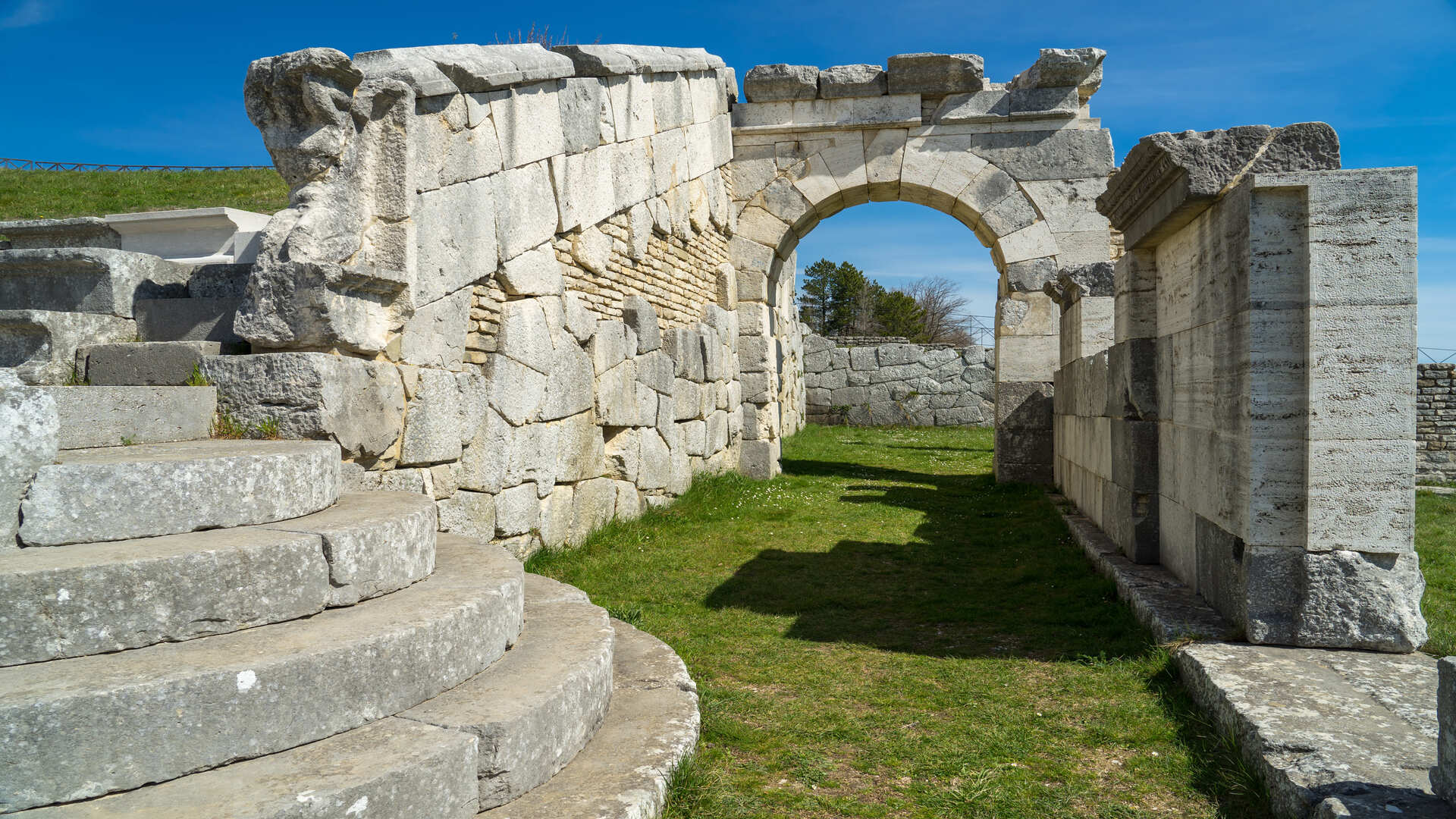

Teatro Tempio di Pietrabbondante
Molise
Its panoramic position, on the valley of the Trigno, and scenographic make it one of the most suggestive places of Molise. The Samnites were the first confederate people in the history of Italy, the various tribes were spread over an area that now includes parts of the current regions of Molise, Campania, Abruzzo, Puglia and Basilicata. This area was frequented since the fifth century BC, however, the first structures related to the cults Samnites are of the fourth century BC, this period dates back to the construction of the Ionic temple, building now disappeared, of which there are many traces of architectural elements reused in subsequent phases of construction.
Architecture
Culture and Art
Villages and old cities
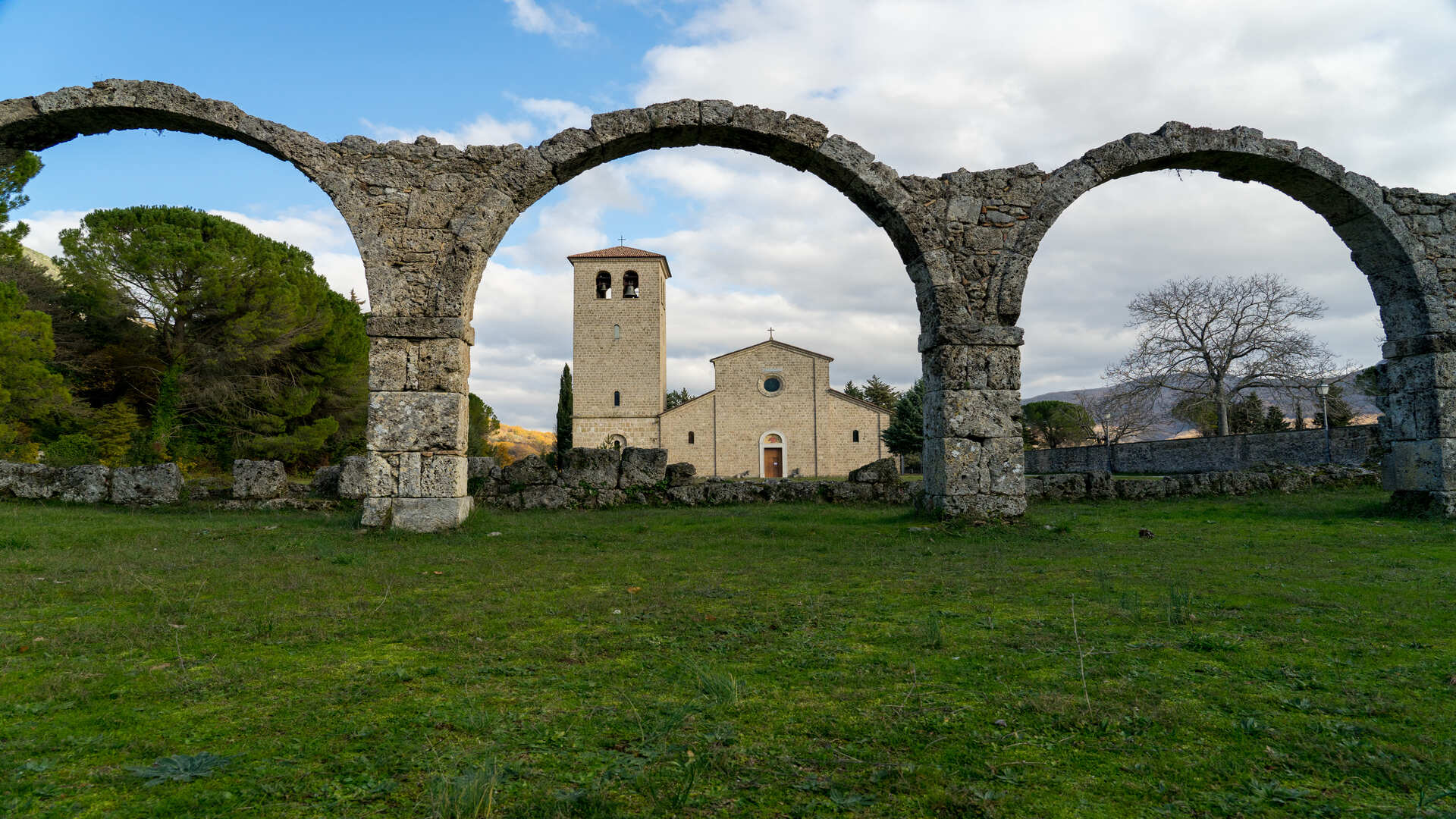

San Vincenzo al Volturno
Molise
The monastery of San Vincenzo rises along the banks of the Volturno river in the territory of the municipality of Rocchetta, in a splendid scenery between the mountain chains of Mainarde, Meta and Matese. In the late Roman era there was already a church dedicated to St. Vincent of Zaragoza, built by Emperor Constantine. The foundation of the monastery is placed in the seventh century by the monk John and by the will of three nobles from Benevento, the Holy Founders Paldone, Tatone and Tasone. In 787 at the behest of Charlemagne, who granted significant tax privileges, the monastery became, under the leadership of Abbots Joshua and Epiphanius, a very important monastic reality in central-southern Italy, during this period here lived a community of 350 monks.
Religious sites
Culture and Art
History and tradition
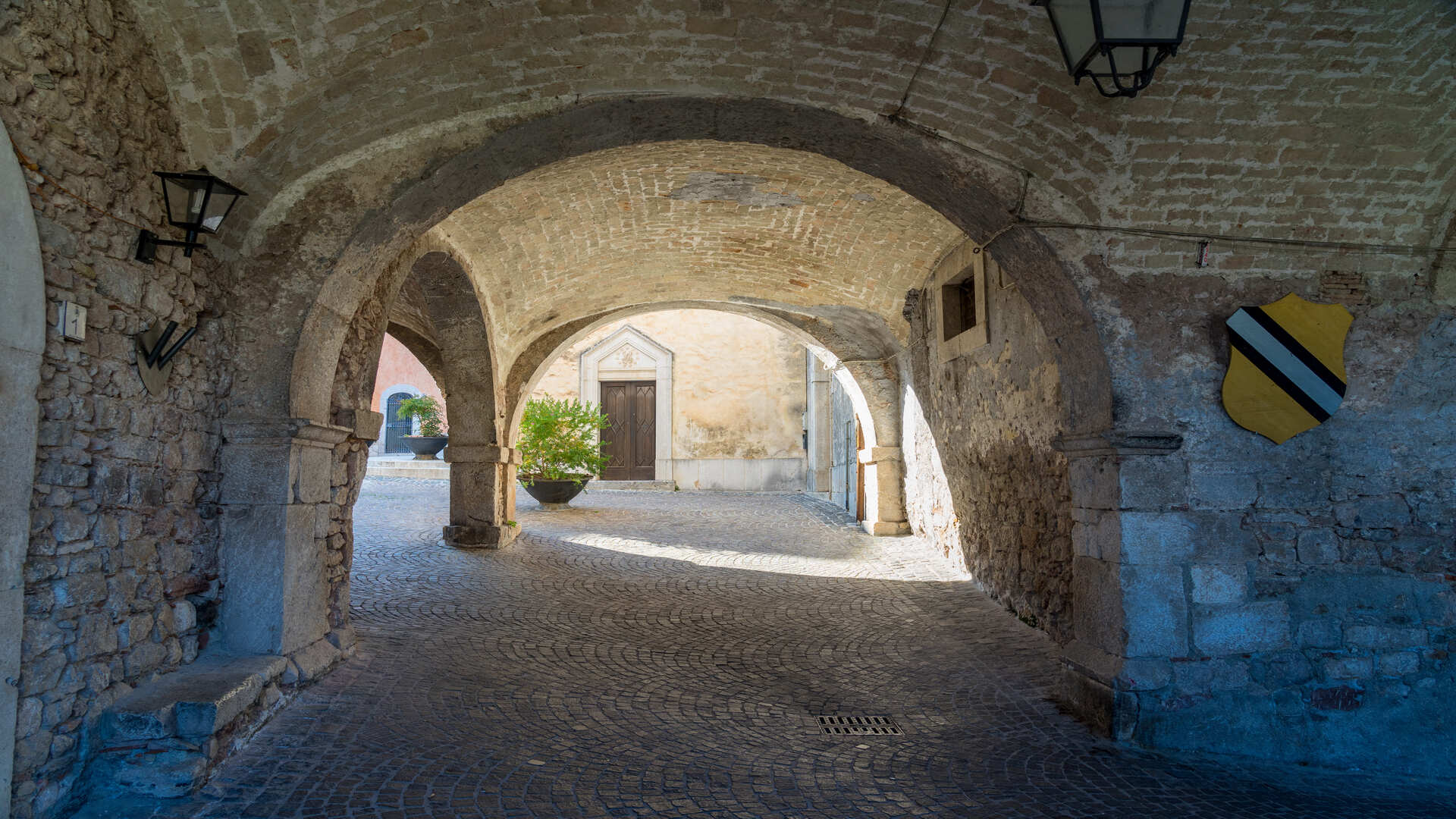

Castello vecchio Fornelli
Molise
The castle of Fornelli is difficult to identify for those who expect to find the typical medieval manor. In this case the castle is a medieval village composed of individual "building cells", or houses and churches, enclosed by the walls. In case of an enemy attack, the moat that surrounded the walls allowed to protect the whole village.
In the walls are still visible the seven towers built in the Norman period. The towers are in some cases attached to private homes, two are connected to the marquis palace, while in the central tower opens the main gateway to the village.
Architecture
Culture and Art
History and tradition
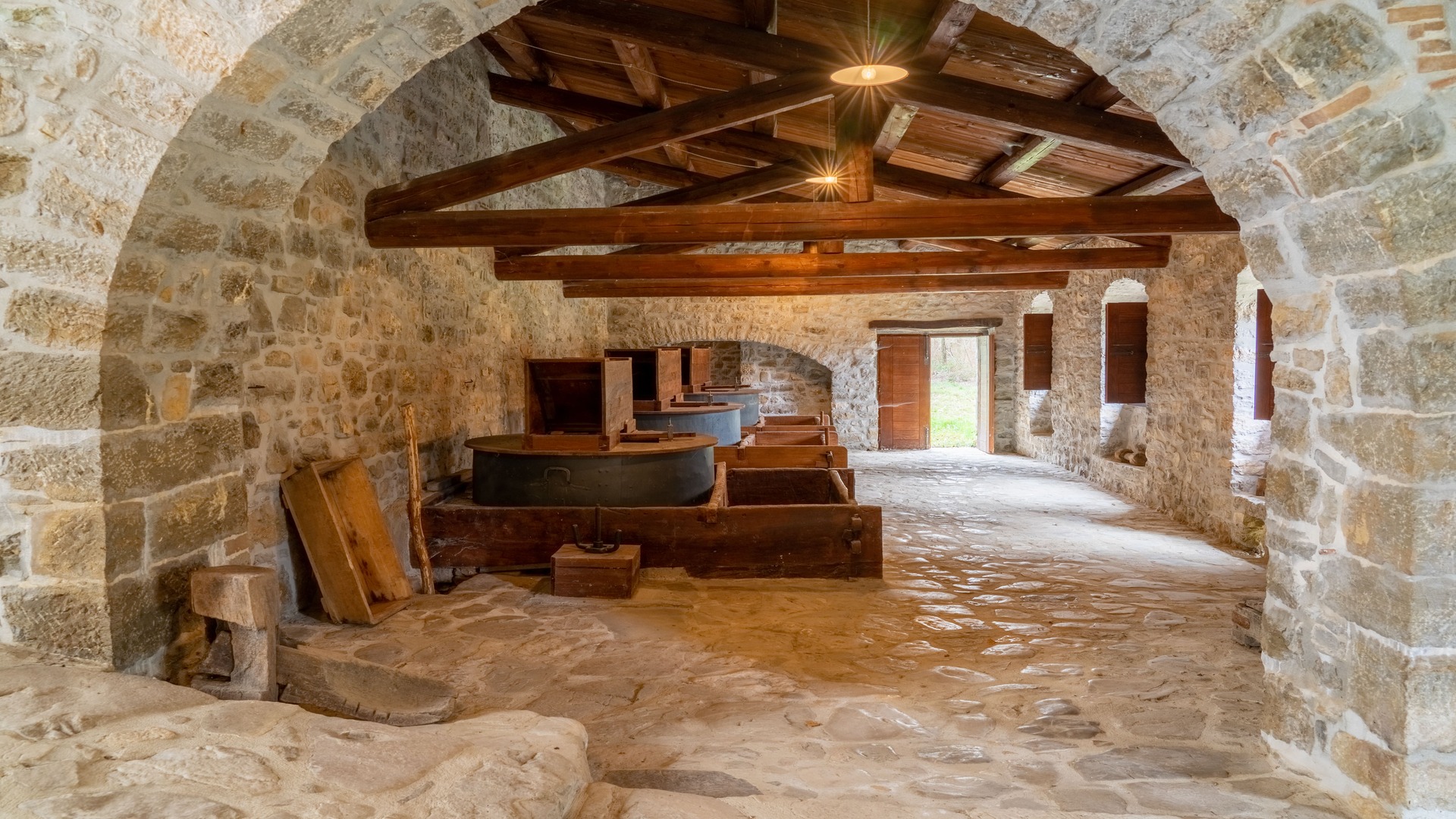

Antico Mulino Corona
Molise
In the territory of Baranello, in contrada Coscia di Ponte, there is one of the best preserved plants of the Molise region and one of the very few not to have been transformed into a hydroelectric power station. The relevant historical, architectural and demo-ethno-anthropological interest, represented by this mill, has led the property to be placed under the protection of the Superintendence of Archeology, Fine Arts and Landscape of Molise by ministerial decree of 13 September 1990.
A decorated stone bears the date 1872, the year of a possible renovation, since according to the documents of the State Archives of Campobasso the mill existed at an earlier date.
Intangible heritage and craft
Villages and old cities
Architecture
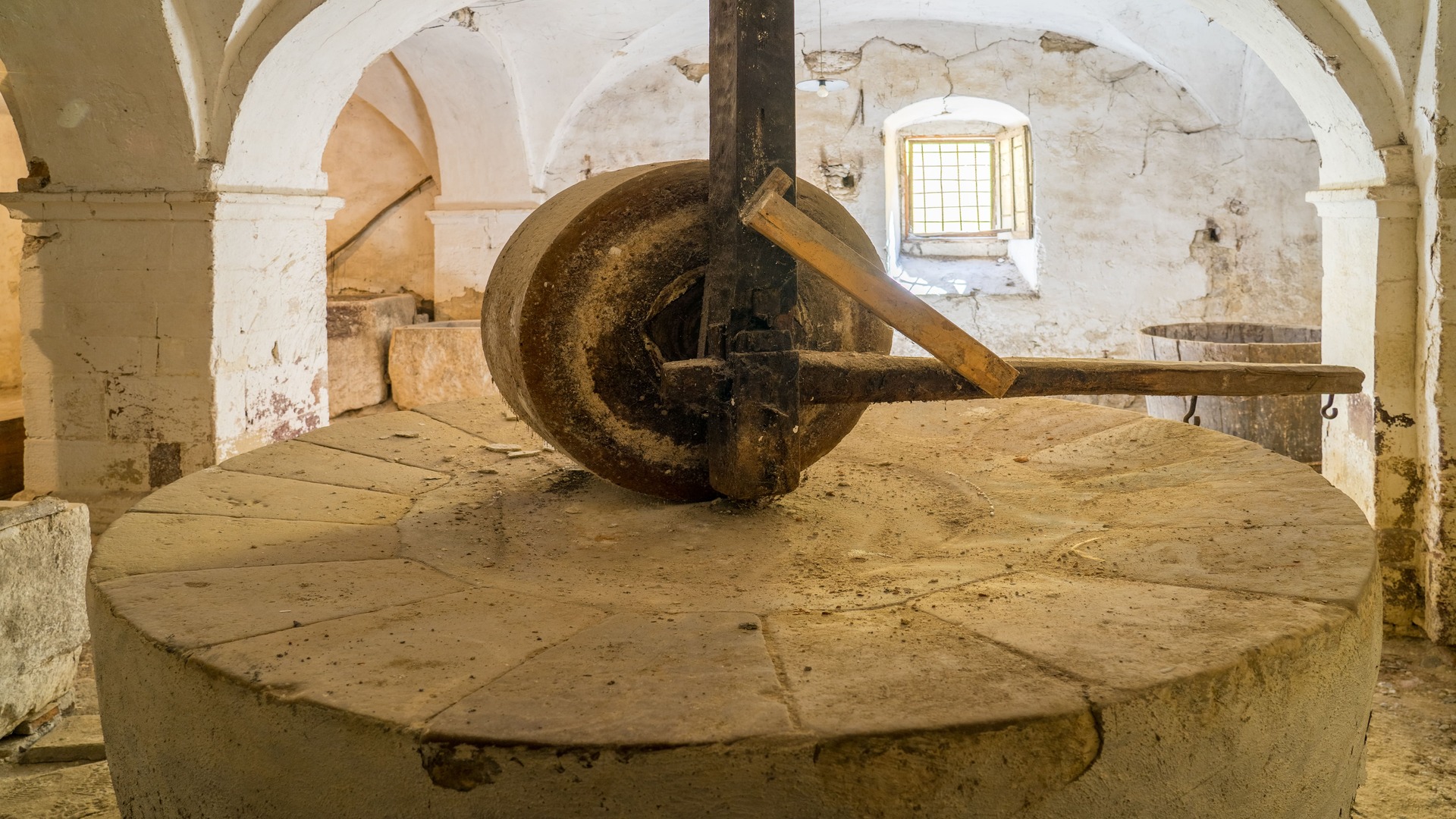

Frantoio Ipogeo di Trivento
Molise
The origins of the Pavone oil mill date back to the end of the 19th century when oil was extracted from the embankment below Piazza Fontana using the systems of the time: the crushing of the olives in a millstone driven by horses, the pressing with a large wooden press and the manual separation of the oil from the water after natural decantation.
Intangible heritage and craft
Villages and old cities
Architecture
.jpg/7a750794-651a-c02a-8b00-cc86b32059c1)

Castello D'Alessandro di Pescolanciano
Molise
The palace-castle, in the actual pentagonal shape, rises on the spur of rock that dominates the valley of the town of Pescolanciano (IS). The original sixteenth-century structure was, at the arrival of the barony of d'Alessandro, formed by several disjointed fortresses, with a small church and a cylindrical tower, as well as an embattled fortress, surrounded by walls. The works of enlargement and unification of the seventeenth and eighteenth centuries, performed by the d'Alessandro, gave the fortress a more definitive conformation of manor placed in defense of the territory and difficult to conquer, given its windows to mouth of fire (still visible on the side slope and walkway) and the drawbridge or the stone to defend the main entrance.
Architecture
Villages and old cities
History and tradition
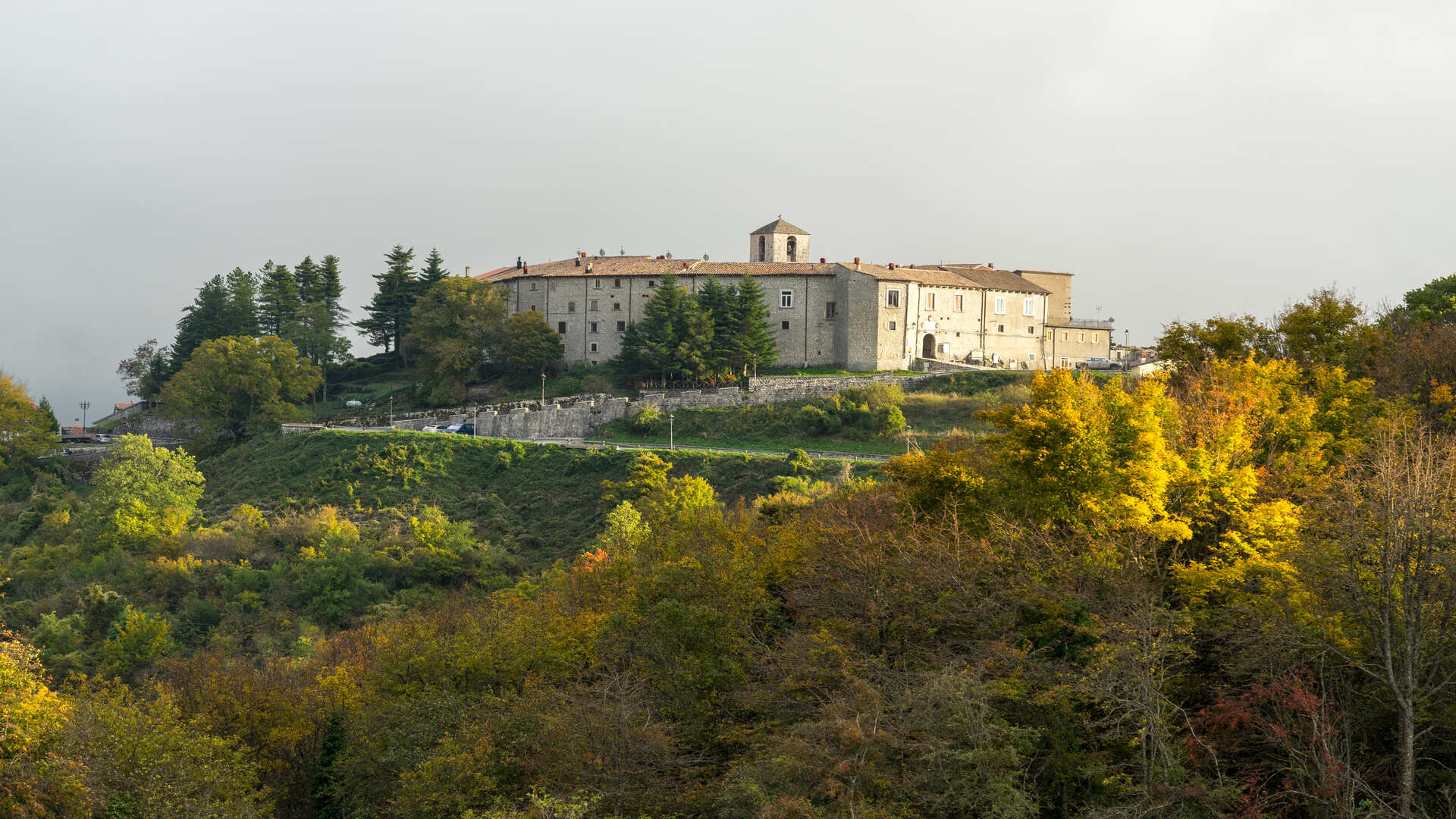

Castello di Vastogirardi
Molise
Its typology brings to mind the castelli-recintos of the Abruzzo-Molise area, the closest example of which, not only geographically, is that of Pesche, where the strut is absent, as in our castle, unlike other examples of the same type. This castle was meant to appear as an authentic citadel in which the functions of government, both civil (the feudal lord's palace) and religious (the parish), are based, thus representing the center of the urban agglomeration.
Architecture
Villages and old cities
History and tradition
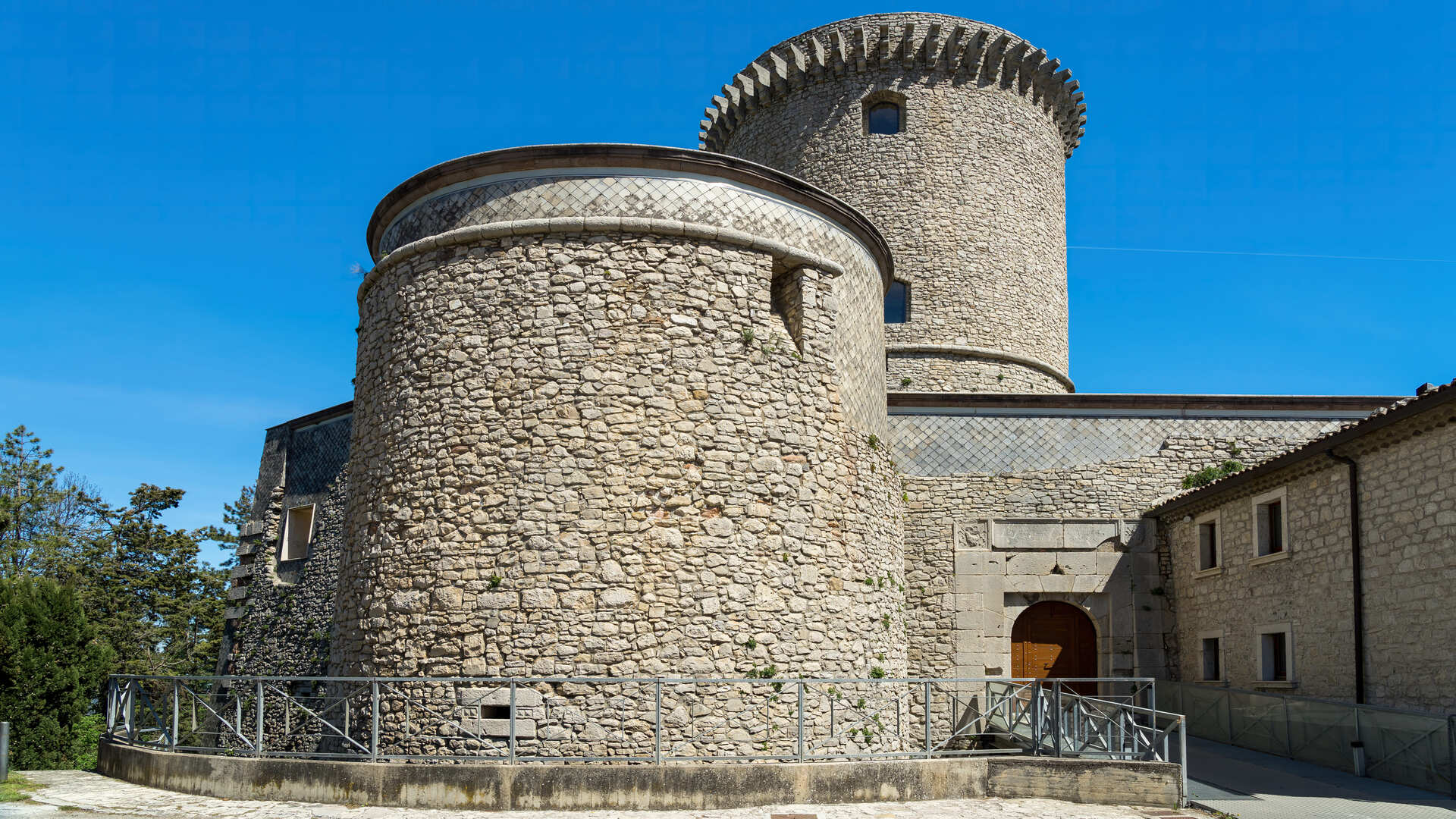

Torre di Riccia
Molise
The circular tower is the only remnant that recalls the importance of the castle of Riccia, now reduced to ruins. It certainly existed in the eleventh century but it was from 1285 with its allocation to Bartholomew of Capua, prothonotary of Charles I of Anjou, who had an important development. It was inhabited in the fourteenth century by Constance of Chiaromonte who, repudiated by the powerful Ladislaus of Durazzo, was given in wife to Andrea di Capua. In the 16th century the Di Capua family further strengthened the structure which was then damaged during the revolution of 1799 and later by the earthquake of 1805.
Architecture
Villages and old cities
History and tradition
.jpg/f532c395-646a-8af5-4f7e-60fcd94c5960)

Santa Maria ad Nives Sant'Elia a Pianisi
Molise
As a result of researches, studies and excavations in the santeliano countryside, the dynamics of medieval settlements have been reconstructed and traced. To date, the investigations, mostly concentrated on the high ground of Pianisi, have brought to light several testimonies and remains of the inhabited area with large sections of the walls of the upper terracing of the fortified village, the great tower that dominates the inhabited area and the church of Santa Maria ad Nives with its bell tower.
Architecture
Religious sites
History and tradition
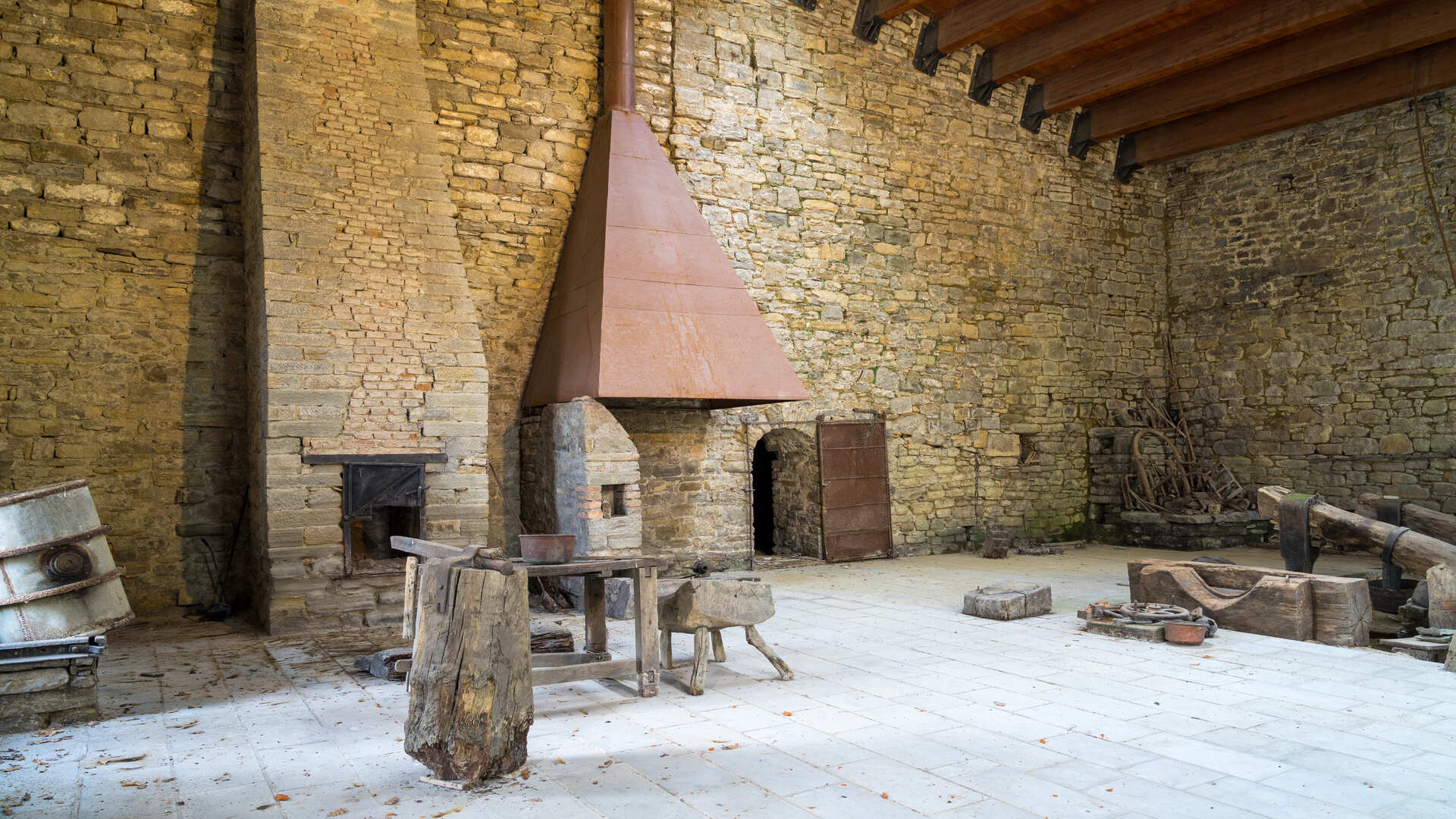

Le Ramere di Agnone
Molise
The history of Agnone is indissolubly linked to the working of metals, and in particular to the working of copper. Here since the Samnite age this metal was used for armors, for statues and for inscriptions.
In 1404 it became a Royal City and developed an intense economic activity related to the practice of transhumance, Agnone became one of the most conspicuous cities of the Kingdom of Naples for the supply of copper objects. In this period precise rules were established for the working of copper, those who did not respect them were sanctioned with heavy fines.
Intangible heritage and craft
Villages and old cities
History and tradition
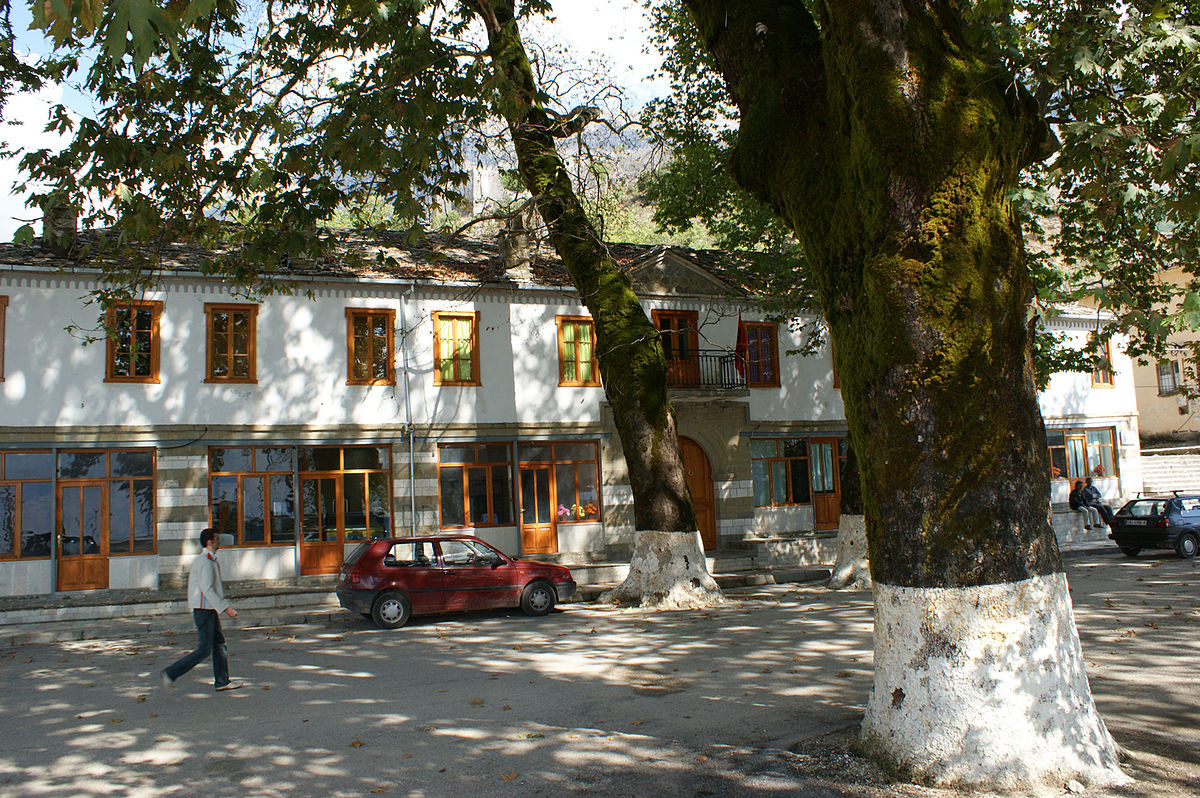

Libohova Old Village
Albania
Libohova, a town and a municipality in southern Albania is overlooked by Libohove castle and has a main street with views across the Drini Valley. Als...
History and tradition
Architecture
Villages and old cities
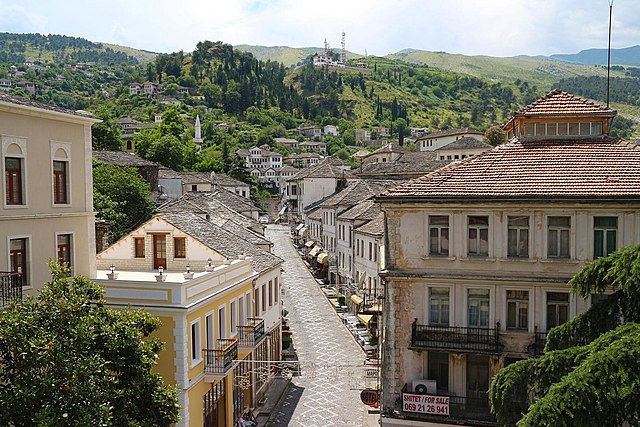

Gjirokastra Area
Albania
The old town of Gjirokastra is famous for being a well-preserved city of authentic architecture and its fortress overlooking the entire city, the old ...
Villages and old cities
History and tradition
Architecture
UNESCO heritage
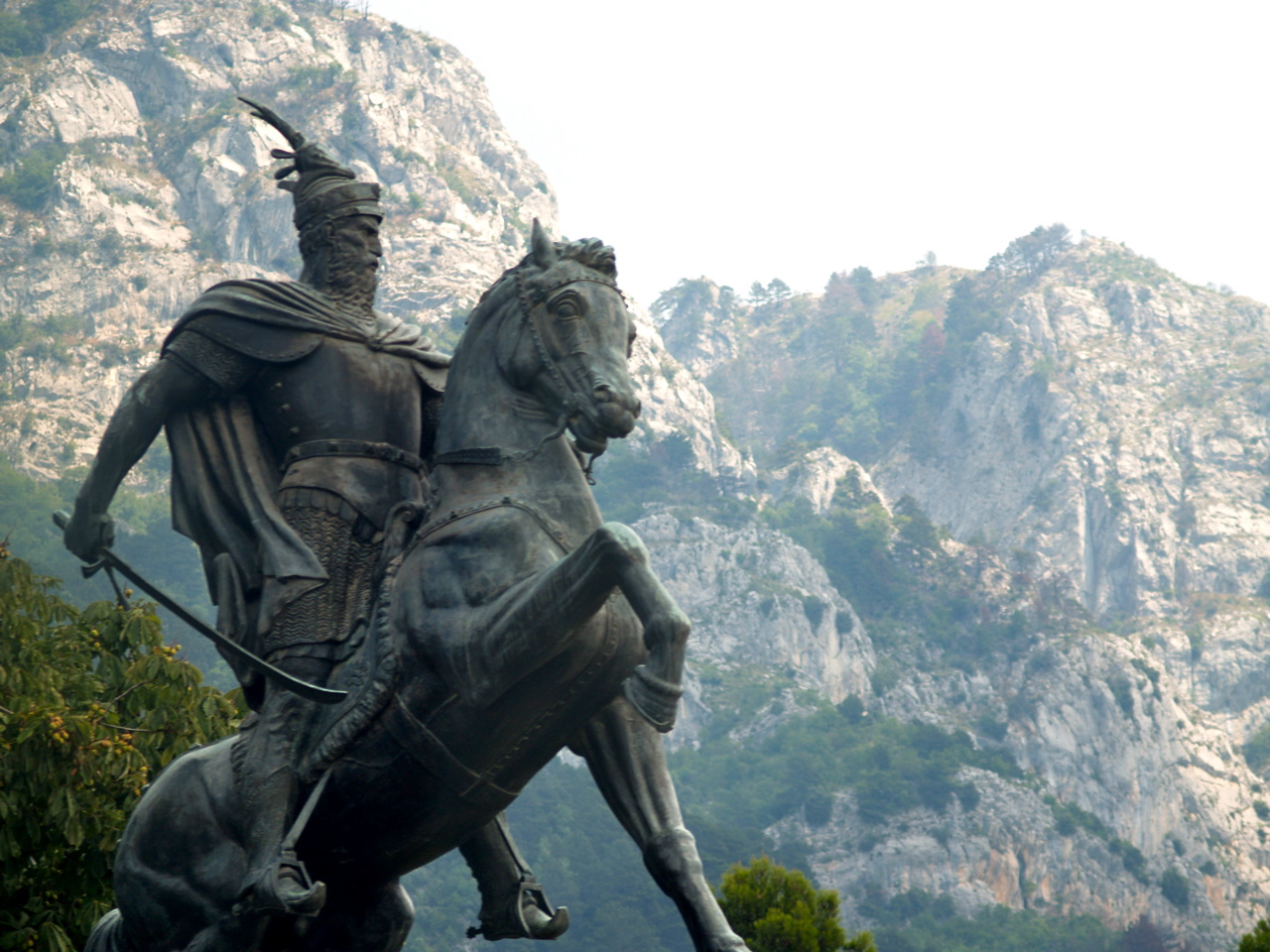

Skanderbeg Monument
Albania
In the the center of Kruja visitors can see a monument for the national hero, Gjergj Kastrioti Skanderbeg. Designed by sculptor Pascal Odysseus it was...
Culture and Art
History and tradition
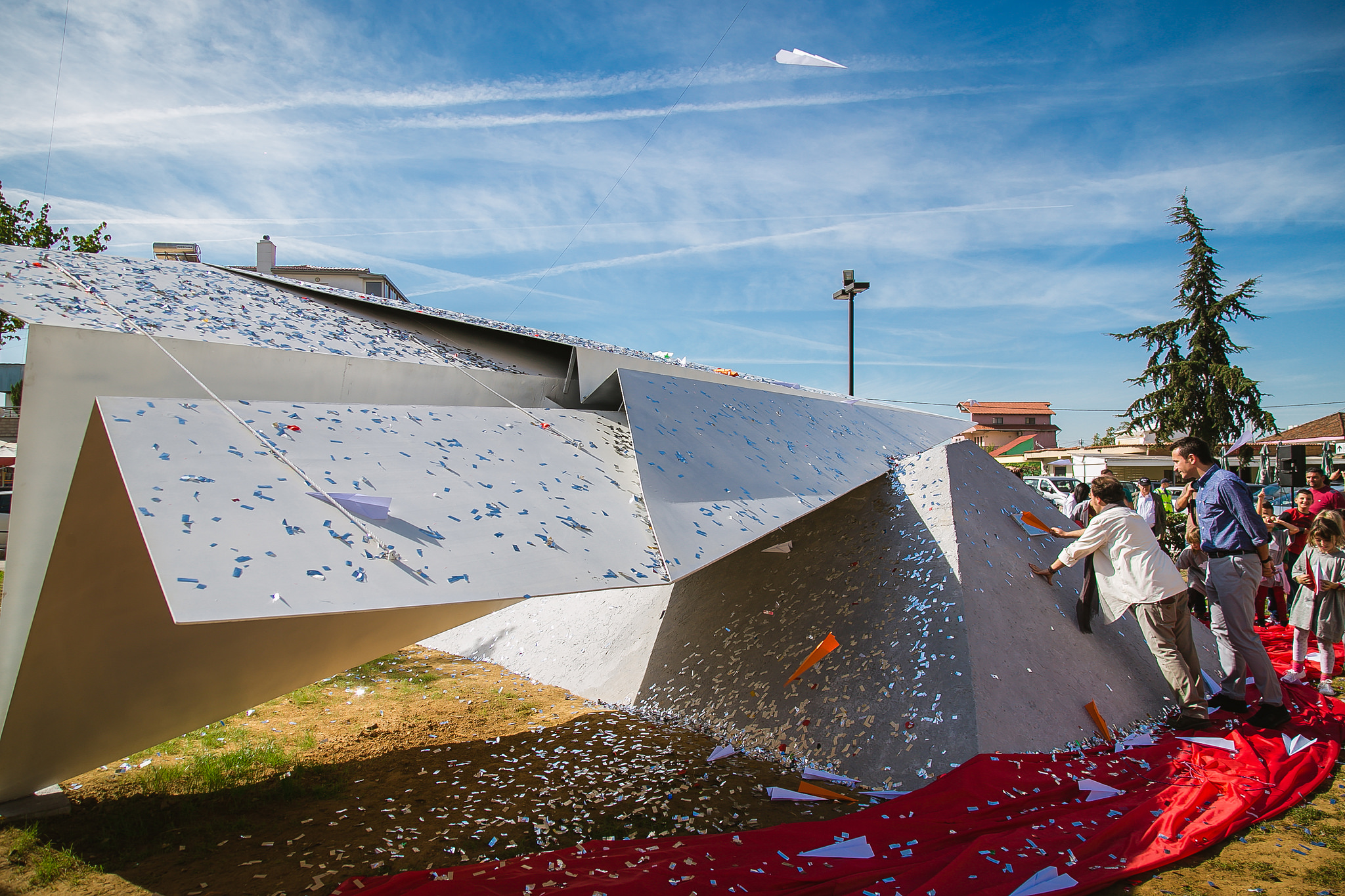

Aeroplani Eljan Tanini
Albania
At the former airfield, an artwork recalls the Mig military planes of the dictatorship. For many citizens who grew up in this area, it is a return to ...
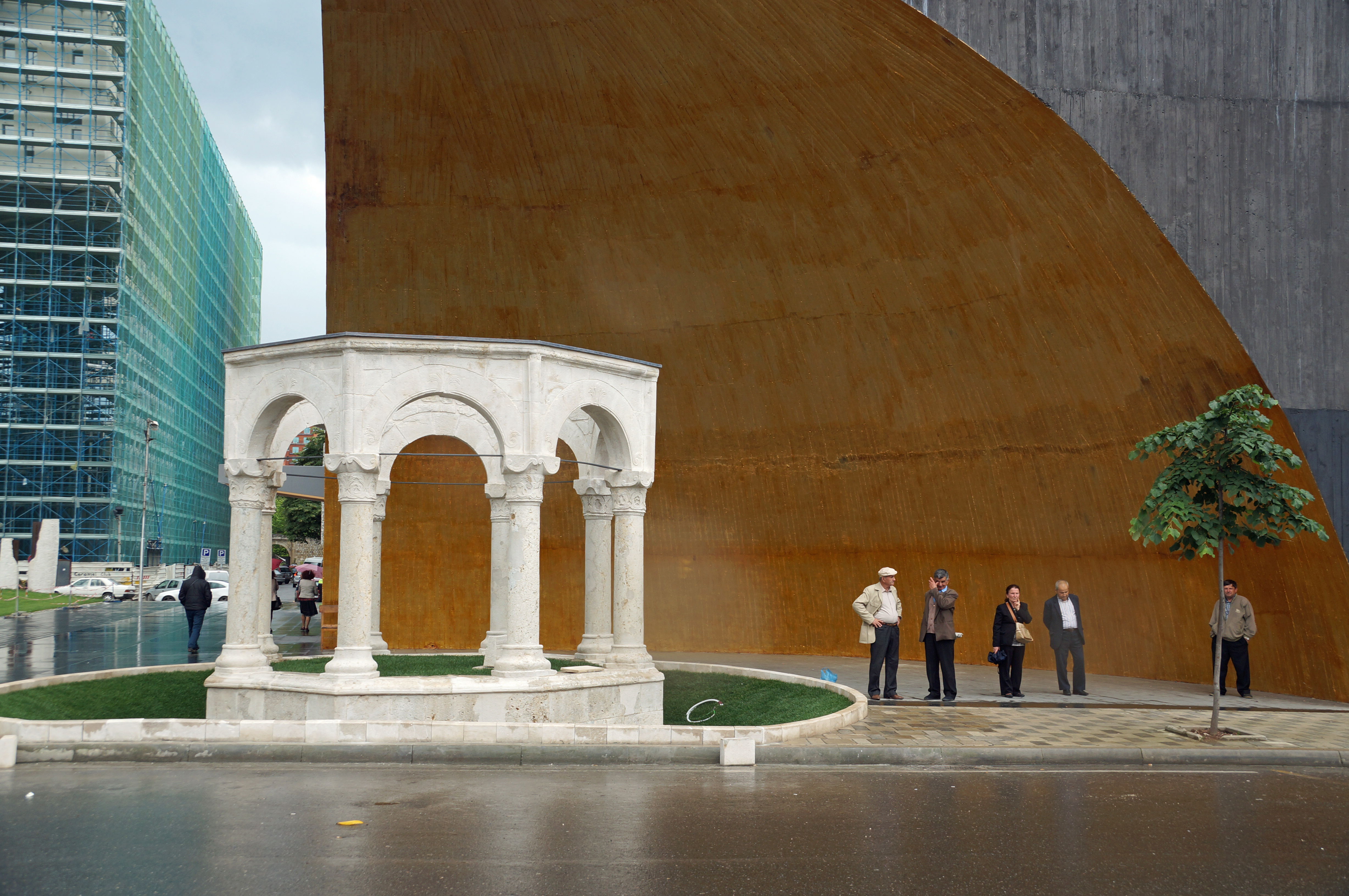

Xhamia E Kapllan Pashes
Albania
Kapllan Pasha's Mausoleum is a monumental tomb of the early 19th century ruler of Tirana, Kapllan Pasha Toptan. The tower was built to mark the bu...
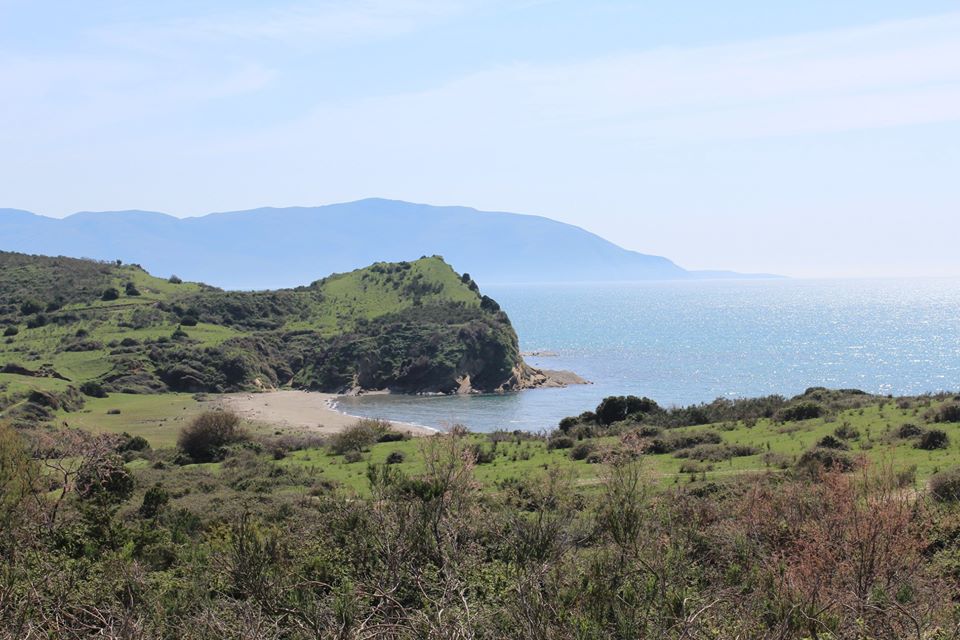

Black Pines in Poro
Albania
They are located on the coast of Poros, in the Poros Pine Managed Reserve of Fieri. It catches the eye as soon as you enter the first forest strip of ...
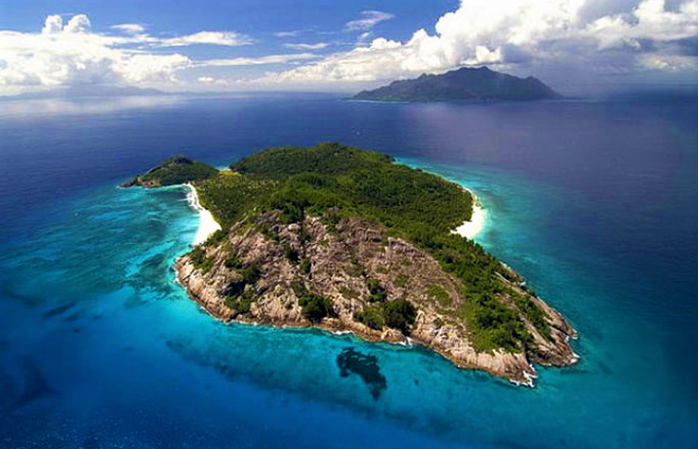

The Island of Sazani
Albania
The Island of Sazan is situated at the point where the Adriatic and Ionian seas gently meet in a very important strategic, ecological and social posit...
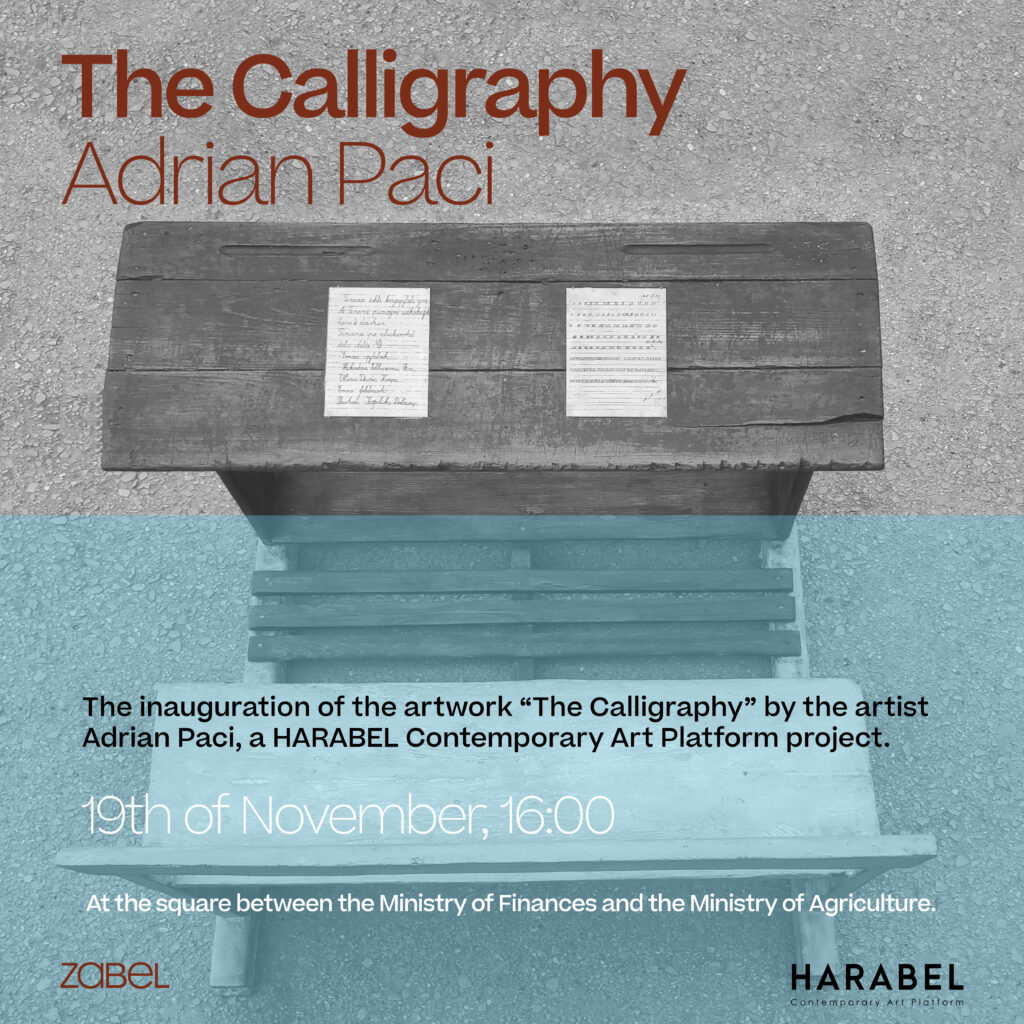

Bukurshkrimi Adrian Paci
Albania
"Lettering" is the title of the public art work of the artist Adrian Paci, which was inaugurated in the square between the Ministry of Agricul...
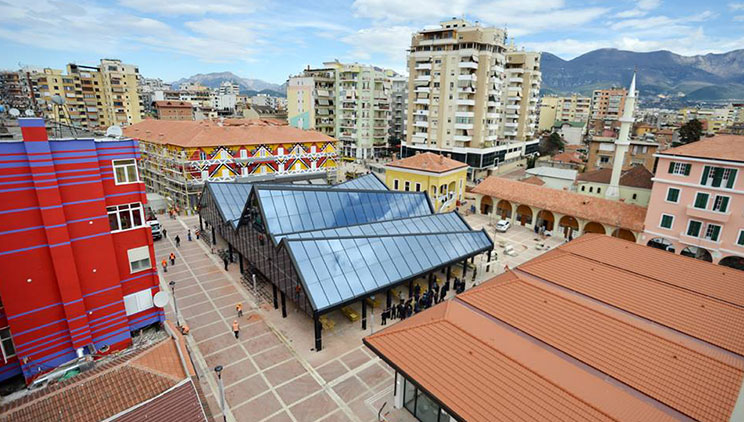

New Bazaar
Albania
Constructed in 1931, the New Bazaar was developed and grew even more years by years. It was created as a need to increase the commercial activity that...
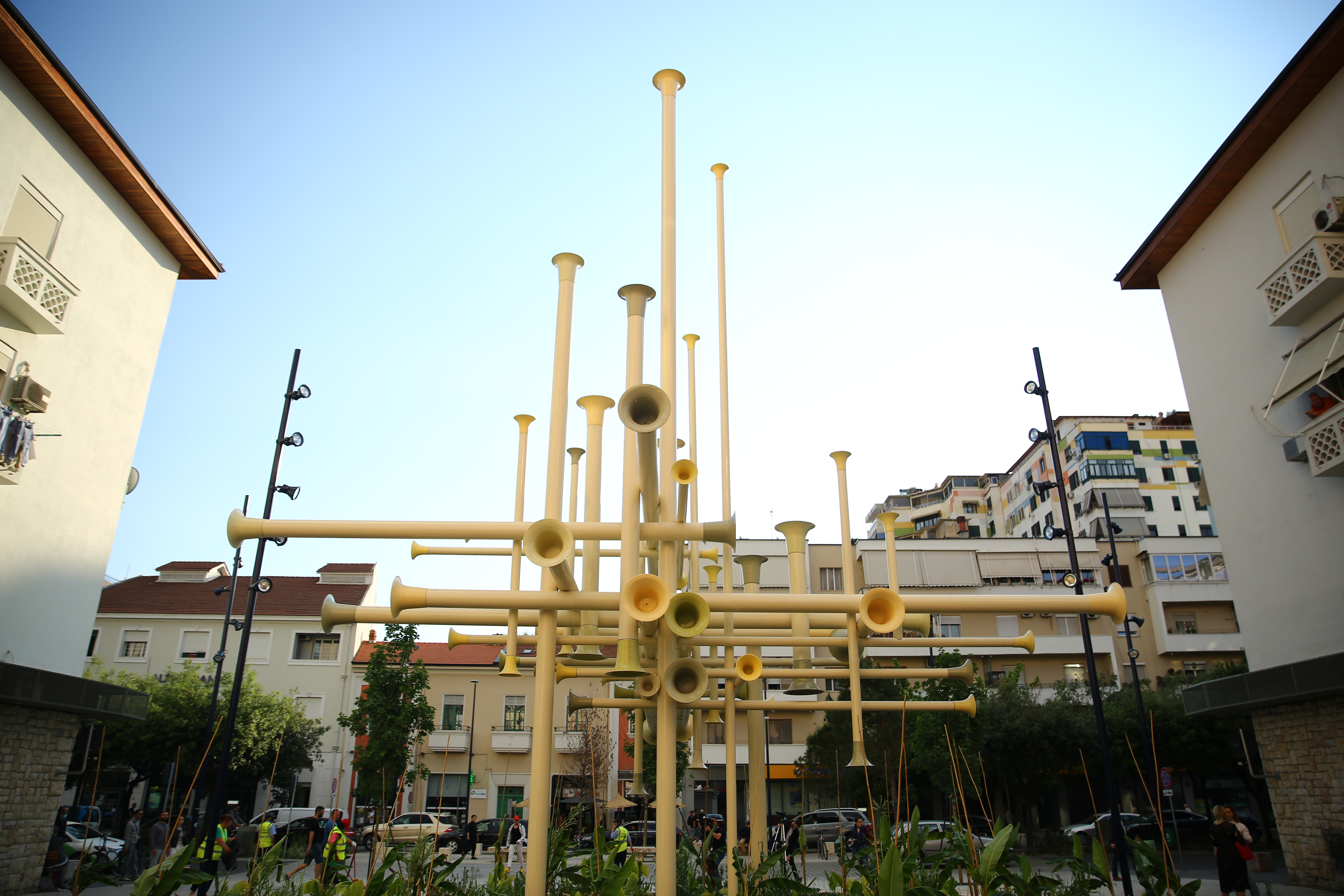

Zani Sadik Spahija
Albania
"Zâni" is the title of the beautiful sculptural installation consisting of the interweaving of iron pipes of different sizes, to create the im...
Culture and Art
Architecture
